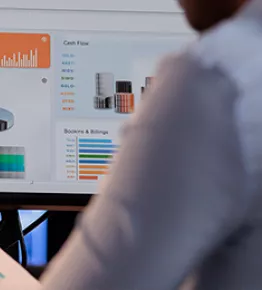1. Keep control and the knowledge of your applications
An immediate way to increase the security of your information systems is to define an attack surface reduction. The fewer the number of tools you have the more you will limit the number of entry points for potential threats. This also allows you to optimize your software maintenance from a security point of view (patch management) but also to limit its cost.
It is important, both from an environmental and security point of view, to avoid keeping historical applications whose usefulness has become limited or non-existent. The energy & software maintenance costs of these applications are no longer acceptable in our environments.











